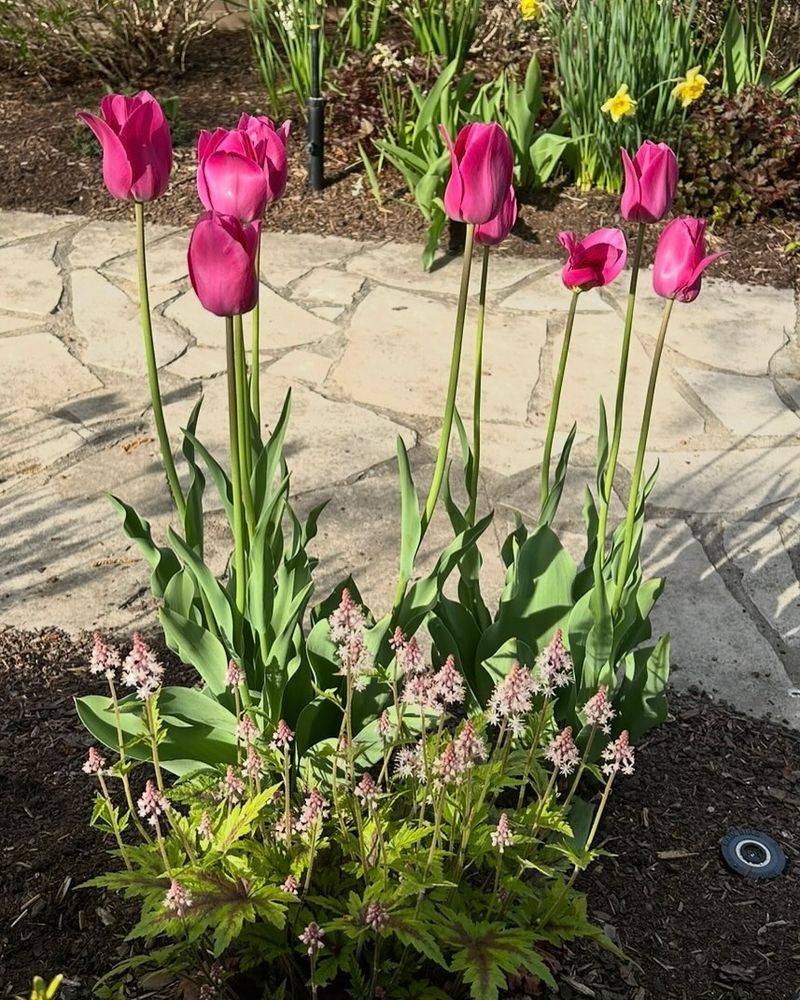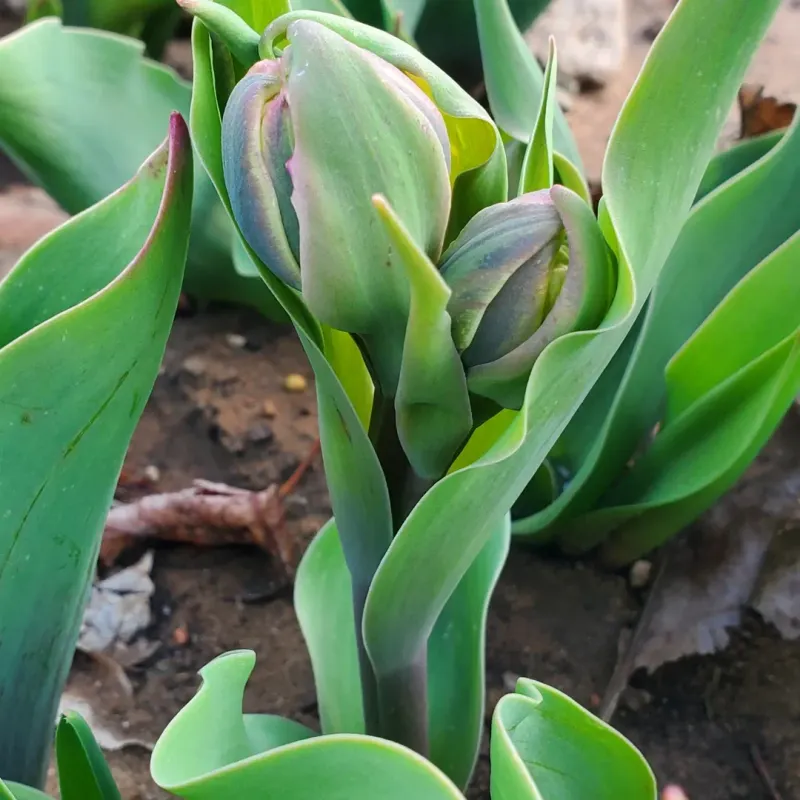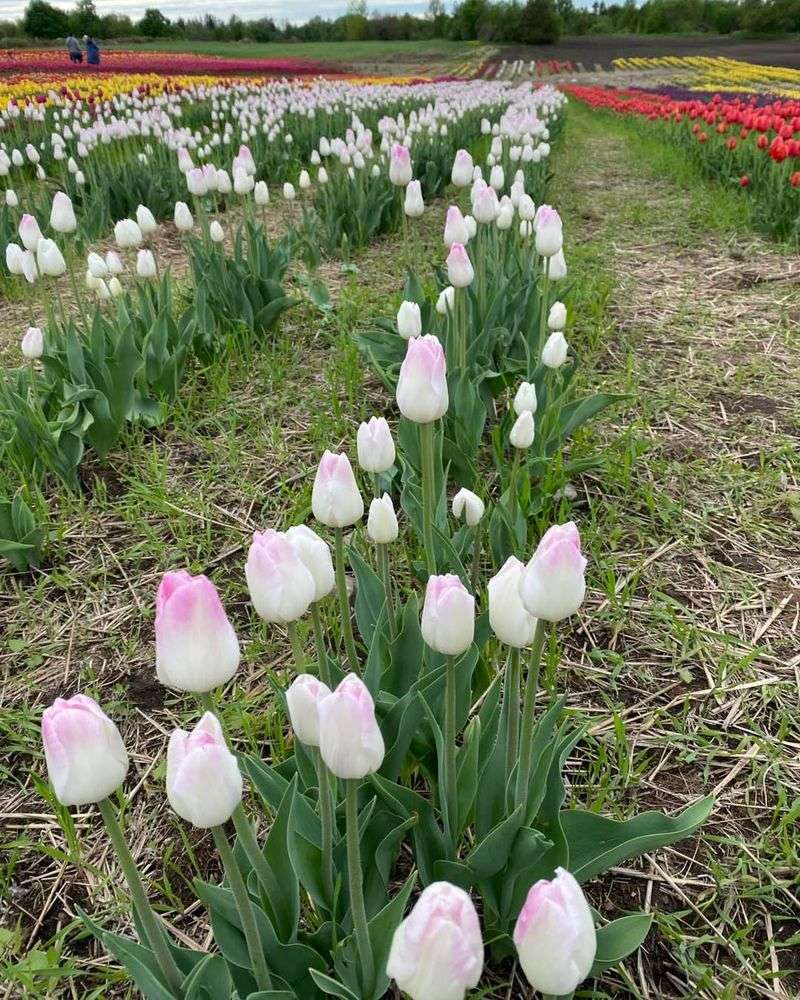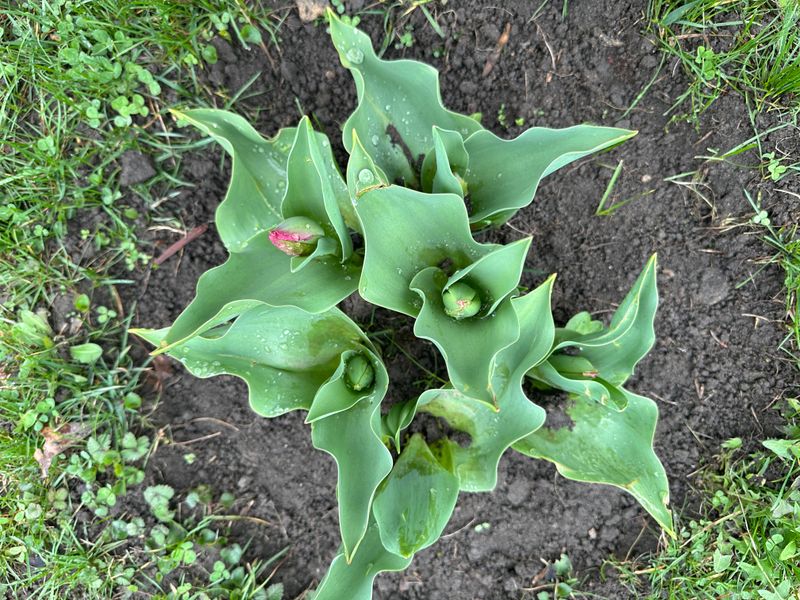I planted tulips with high hopes, only to watch them fade and leave me guessing. Did I just buy a one-time show, or would those bulbs rise again like clockwork? Neighbors swore by both sides, and every spring felt like a coin toss.
I wanted a straight answer, not garden folklore. After digging into the truth, I finally uncovered what really decides if tulips return or bow out after a single bloom. The real story surprised me—and changed how I plant them for good.
1. Tulips Are Actually Perennials, Not Annuals
Here’s something that surprises a lot of people: tulips are technically perennials. That means they’re built to come back year after year, unlike annuals that only last one season.
The bulb underground stores all the energy and nutrients needed to sprout again. However, just because they can return doesn’t mean they always will in every garden. Climate, soil conditions, and how you care for them all play a part in whether your tulips make a comeback or fade away after their first show.
2. Some Tulip Varieties Return Better Than Others
Not all tulips are created equal when it comes to returning. Species tulips and Darwin hybrids are your best bet if you want reliable bloomers year after year.
Fancy hybrid tulips with huge, showy flowers often put so much energy into that first bloom that they struggle to store enough for next season. If you want tulips that naturalize and spread on their own, stick with the simpler, smaller varieties. They might not be as flashy, but they’re much more dependable for long-term gardens.
3. Proper Planting Depth Makes A Huge Difference
You might think just sticking a bulb in the ground is enough, but depth really matters. Tulip bulbs need to be planted about six to eight inches deep to have the best chance of returning.
Shallow planting leaves them vulnerable to temperature swings and makes it harder for them to gather enough energy. Deeper planting protects the bulb and gives it a stable environment to rest and recharge during winter. Take the extra time to dig a proper hole, and your tulips will thank you by coming back stronger.
4. Deadheading Helps Tulips Save Energy For Next Year
Once your tulips finish blooming, it’s tempting to just leave them alone. But snipping off the faded flowers actually helps the plant focus its energy on the bulb instead of making seeds.
This process is called deadheading, and it’s super simple. Just cut or pinch off the flower head once the petals start to fade. Leave the stem and leaves alone, though, because they’re still working hard to feed the bulb underground. This small step can make a big difference in whether your tulips return next spring.
5. Leaving The Foliage Intact Is Critical
I know those yellowing tulip leaves aren’t the prettiest sight in your garden. But cutting them too early is one of the biggest mistakes you can make if you want your tulips to return.
The leaves are still photosynthesizing and sending energy down to the bulb for storage. Wait until they turn completely yellow and wither naturally before trimming them away. It might look messy for a few weeks, but your patience will pay off when those tulips pop up again next year, healthy and ready to bloom.
6. Climate And Weather Play A Big Role
Tulips need a good cold period during winter to reset and bloom again. If you live somewhere warm without a proper winter chill, your tulips might struggle or stop returning altogether.
In warmer zones, many gardeners treat tulips like annuals and replant fresh bulbs each fall. You can try refrigerating bulbs for several weeks before planting to mimic winter, but results vary. Cold-climate gardeners have it easier since nature does the work for them, giving tulips the dormancy period they need to thrive year after year.
7. Fertilizing In Fall Boosts Return Blooms
Feeding your tulips isn’t just a spring thing. Adding a bulb-specific fertilizer in the fall gives them the nutrients they need to build strength for the next season.
Look for a fertilizer with a higher phosphorus content, which supports root and bulb development. Sprinkle it over the planting area before the ground freezes, and water it in lightly. This extra boost helps the bulbs store more energy and increases the chances they’ll come back strong and blooming beautifully when spring rolls around again. Your tulips will reward your effort with vibrant color.








